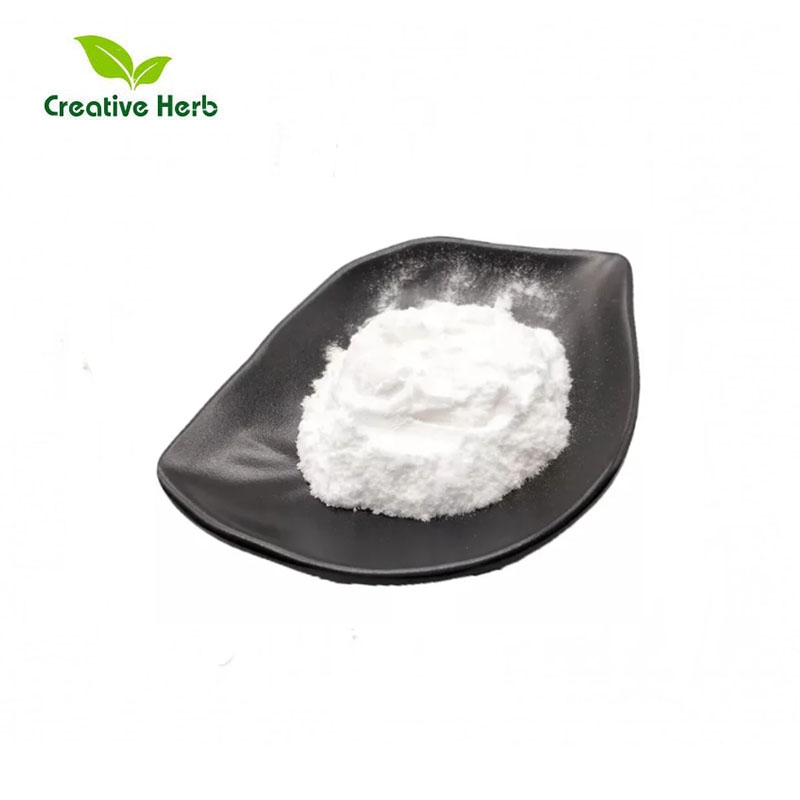PNAs: bladder drugs exacerbate atherosclerosis by activating lipid hydrolysis mediated by brown fat
-
Last Update: 2019-05-17
-
Source: Internet
-
Author: User
Search more information of high quality chemicals, good prices and reliable suppliers, visit
www.echemi.com
May 17, 2019 / BIOON / - a drug used to treat overactive bladder can accelerate atherosclerosis in mice, according to a research report published in PNAS by researchers from Karolinska Institute in Sweden The results of these studies suggest that in some cases the drug may increase the risk of cardiovascular disease and stroke in humans, the researchers said Drugs used to treat specific diseases may have other pathophysiological effects Researchers at the Karolinska Institute in Sweden and colleagues at Shandong University in China now find that a drug used to treat overactive bladder may be related to atherosclerosis Photo source: PNAs, a substance called mirabegron, relaxes bladder muscles by stimulating the sympathetic nervous system in the brain In their study, the researchers said the substance also affected fat tissue in mice, activating brown fat and triggering the transformation of white fat into brown fat The animals received the same dose as humans The drug was given to mice lacking certain lipid and cholesterol transporters, which were then studied as animal models of atherosclerosis (changes in apolipoprotein ApoE gene or lipoprotein LDL receptor in mice) The study found that mirabegron accelerated the growth of atherosclerotic plaque, which is a common cause of heart attack and stroke Plaque also became less stable Mirabgron treatment increases blood levels of LDL and VLDL, two types of cholesterol commonly known as "bad" cholesterol, which can lead to atherosclerotic plaques These changes depend on the breakdown of fat (the breakdown of fat) and the heat production (the production of calories) that occurs when brown fat is activated "We associate this drug with atherosclerosis through the mechanism of brown fat, which is associated with increased risk of cardiovascular disease and diseases that affect blood flow into the brain "Professor Yihai Cao, a professor in the Department of Microbiology and tumor cell biology at the Karolinska School of medicine, led the research Because the study was conducted in mice, the results were not directly applicable to humans But a recently published study shows that mirabegron can activate brown fat in the body, and Professor Cao thinks there is reason to warn "Patients with cardiovascular disease or atherosclerosis should be careful when using this drug because it will accelerate plaque growth and make it less stable," he said People whose genetic mutations make it difficult for the body to get rid of LDL may be particularly sensitive because the drug increases LDL levels in the blood "However, he pointed out that this hypothesis must be verified in human clinical research About one in 300 to 500 people has a LDLR gene mutation that encodes LDL receptor protein, which is usually removed from the blood Reference materials: Wenhai Sui et al Bladder drug mirabegron exacerbates xerosclerosis through activation of brown fast mediated lipolysis, procedures of the National Academy of Sciences (2019) Doi: 10.1073/pnas.1901655116
This article is an English version of an article which is originally in the Chinese language on echemi.com and is provided for information purposes only.
This website makes no representation or warranty of any kind, either expressed or implied, as to the accuracy, completeness ownership or reliability of
the article or any translations thereof. If you have any concerns or complaints relating to the article, please send an email, providing a detailed
description of the concern or complaint, to
service@echemi.com. A staff member will contact you within 5 working days. Once verified, infringing content
will be removed immediately.







